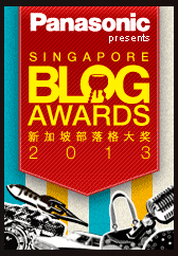|
The last living vestiges of yesteryear, traditional peddlers are now slowly but surely disappearing from our streets as we continue the relentless march towards commercialism and modernity. Despite the humble and informal nature of their work, it is important for us to remember that these peddlers bear testimony to the entrepreneurial spirit of our city-state and are part of a rich cultural heritage spanning back to the early years of the twentieth century. I was suddenly reminded of my primary school days. I remember one particular street peddler from my childhood - Kacang Puteh Seller. There used to be a kacang puteh waiting outside my primary school for patrons and i will faithfully buy from him as a form of support. Nowadays, those lucky enough will find one of Singapore’s few remaining kacang puteh sellers with his cart of dried and sugared nuts outside Peace Centre. Kacang Puteh Sellers were very popular till the 1990s. We have the Indian community to thank for introducing this snack, which originated from “chevdo”, a seasoned vegetarian snack made with crisped rice, potato, cereal, noodles, and different beans. Kacang puteh sellers were found anywhere with high human traffic, but were especially popular at schools and cinema lobbies. These days, kacang puteh selling has been commercialised by household brands such as Tong Garden and Camel. One of the few remaining traditional kacang puteh sellers, Mr Nagappan Arumugam, can still be found outside Peace Centre, where he has been faithfully stationed for over 20 years. At least 5 to 20 different types of kacang, either bought raw and prepared at home or purchased ready-made from suppliers, as well as long, thin serving cones made from scrap paper. Kacang puteh sellers (primarily Indians dressed in white sarong) would pack their kacang into paper bags or bottles and place them on a rack balanced on the head, moving from place to place to attract more customers. In the later years, these travelling merchants found it easier to cover more ground using push carts or bicycles. Customers were allowed to choose and mix their favourite kacang. With his paper-cone ready, he will scoop your favourite nuts with a spoon and pour it into the paper-cone filling it to the brim. In the past for just 20 cents during my schooldays, they could munch to their heart’s delight out of the paper cones and perhaps even scatter a few pieces to the pigeons. The term “kacang puteh” is in Malay, and refers to nuts, beans, or peas (“kacang”) and white (“puteh”) respectively. Despite the misnomer, sellers offered kacang in many different colours and prepared in a variety of ways including steamed, fried, roasted, or dipped in sugar. A familiar sight of the kacang puteh seller were also seen at the lobby area of cinemas. Cinema patrons would buy their favourite nuts and munch away while watching the movie. You may occasionally hear the crunching sound from the cinema patron seated next to you as one grinds away. Mostly plied by the Indians in the earlier years, the kacang puteh seller is now becoming a fast disappearing trade.
How about you? What other street peddlers do you remember from your childhood? :-)
5 Comments
Great photography jennifer! unfortunately i no longer see this kachang puteh stall at peach ctr anymore :( As an events planner and a child that grow up on lots of sugared kachang puteh i bought from cinemas! I'm happy to say that I've incorporated this kachang puteh for hire service at my business www.partyparlorsg.com for those who might feel the nostalgia or who want to share the stories behind kachang puteh :) Hoping to bring this back to all singaporeans! (more unique then your regular popcorn candyfloss hehe)
Reply
shefah
2/7/2015 09:48:03 am
May I have the contact of this kacang puteh man?
Reply
emz
15/11/2015 04:35:33 pm
Hello there, Jennifer. I would like to ask if you have the contact details of this kacang puteh man? I am looking for kacang puteh sellers in Singapore as I have an assignment for school regarding vanishing trades in Singapore and would like to interview him for my article. Hope to hear from you soon. Thank you!
Reply
Anna Seow
5/4/2017 05:05:08 am
this is not traditional enough.........
Reply
Leave a Reply. |
Author
|

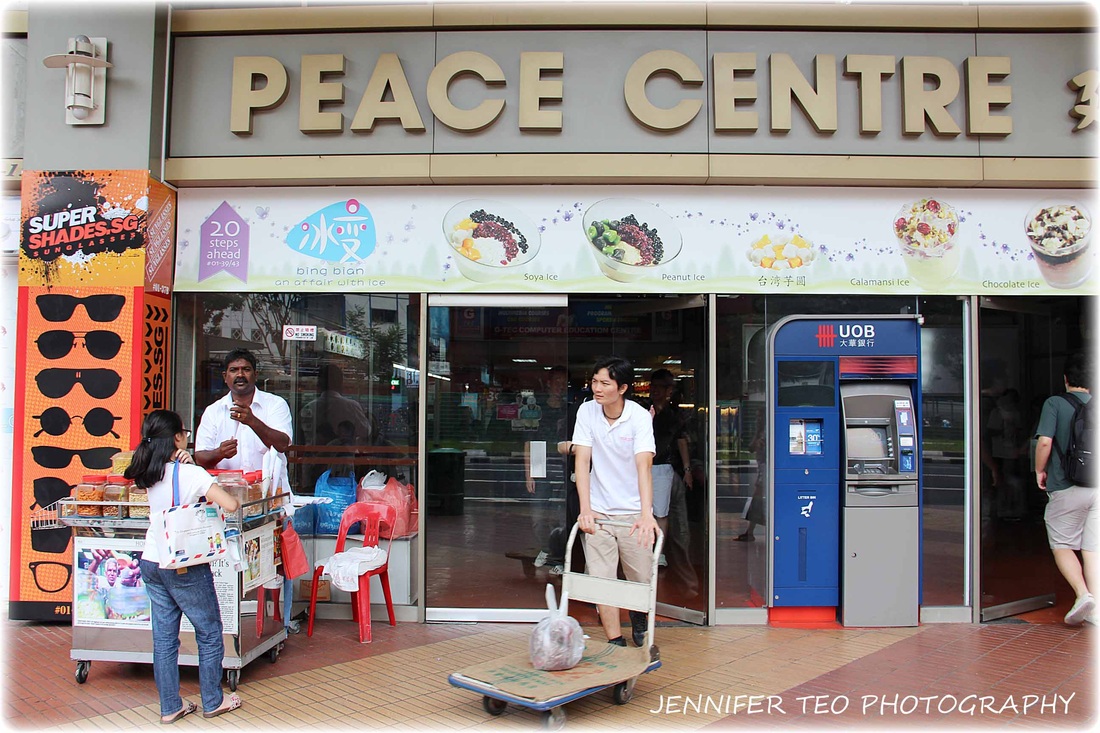
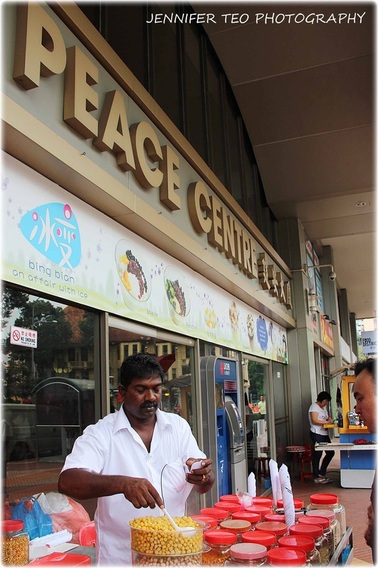
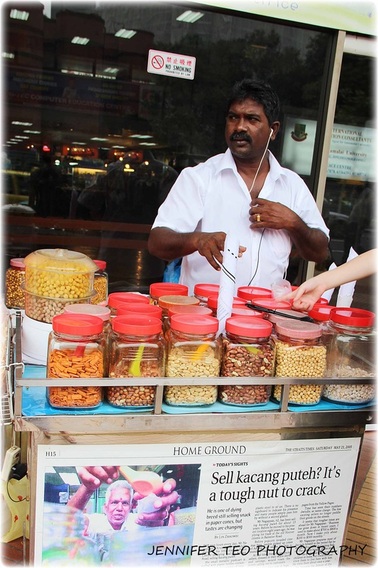
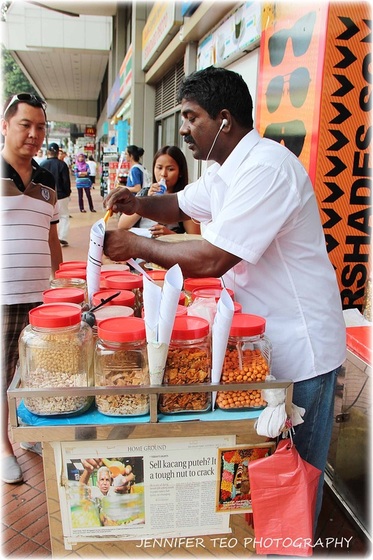
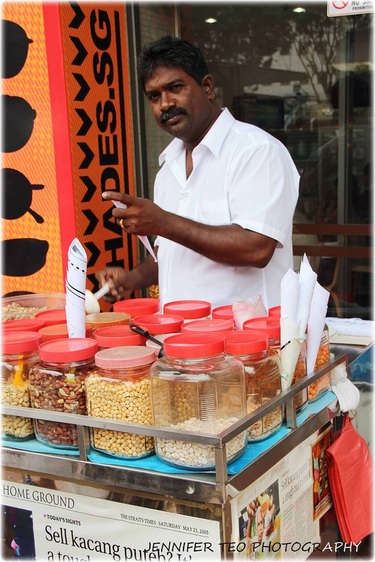
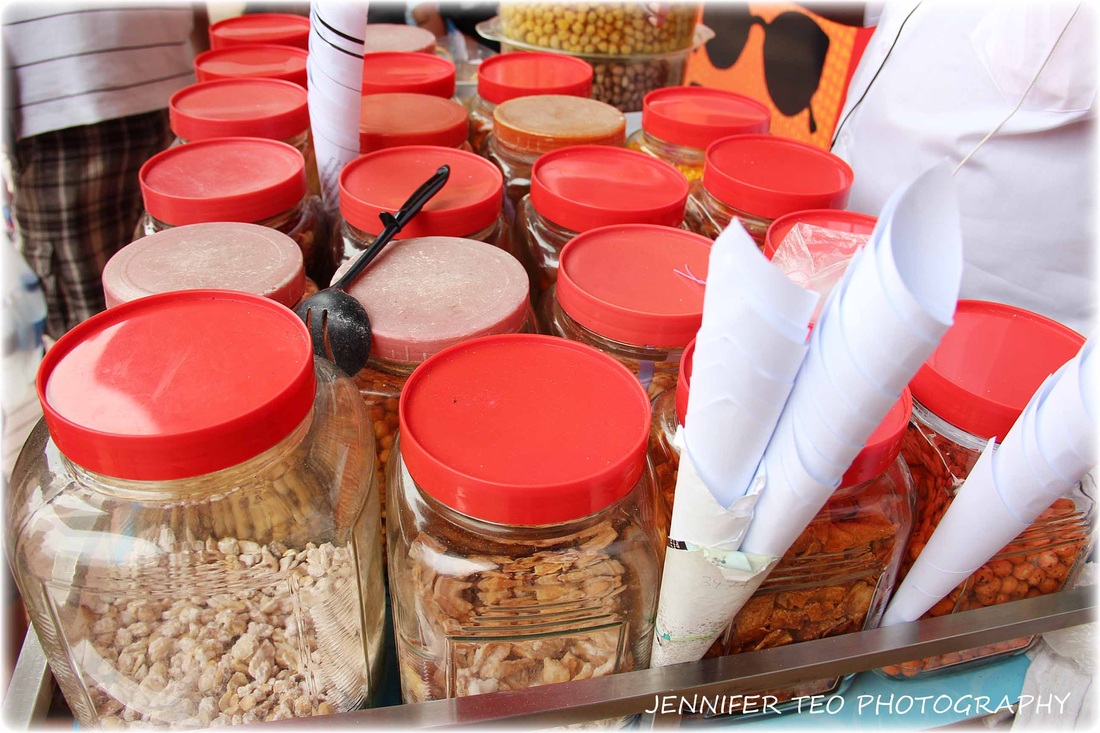
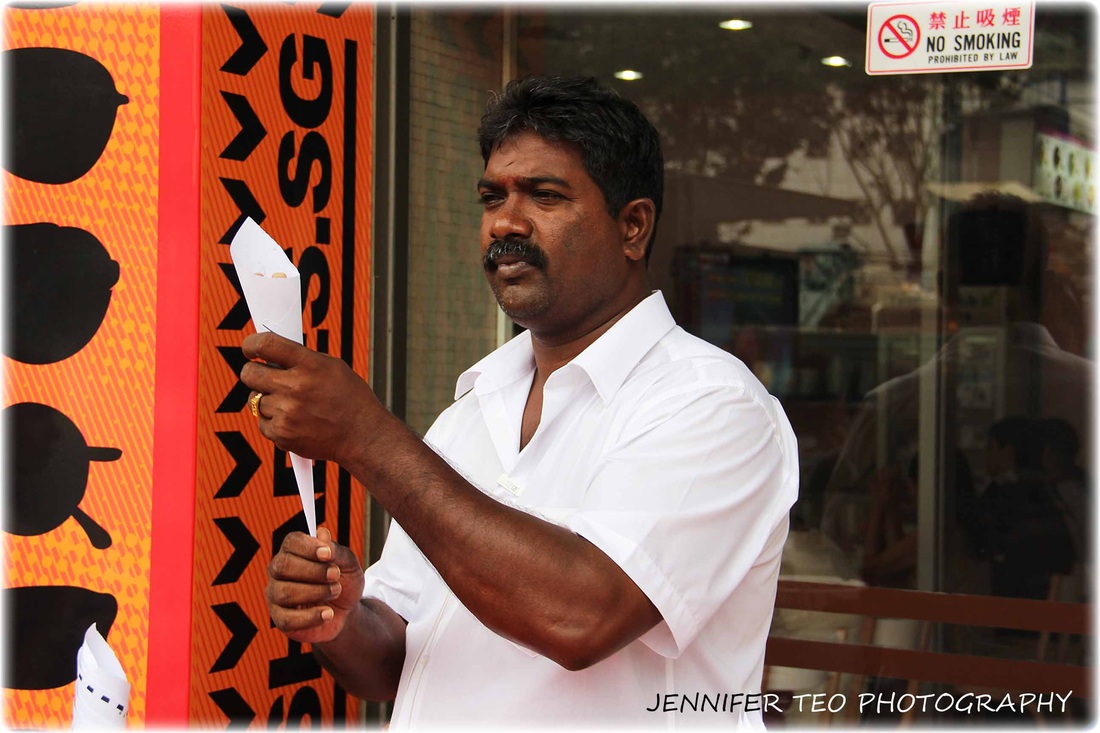
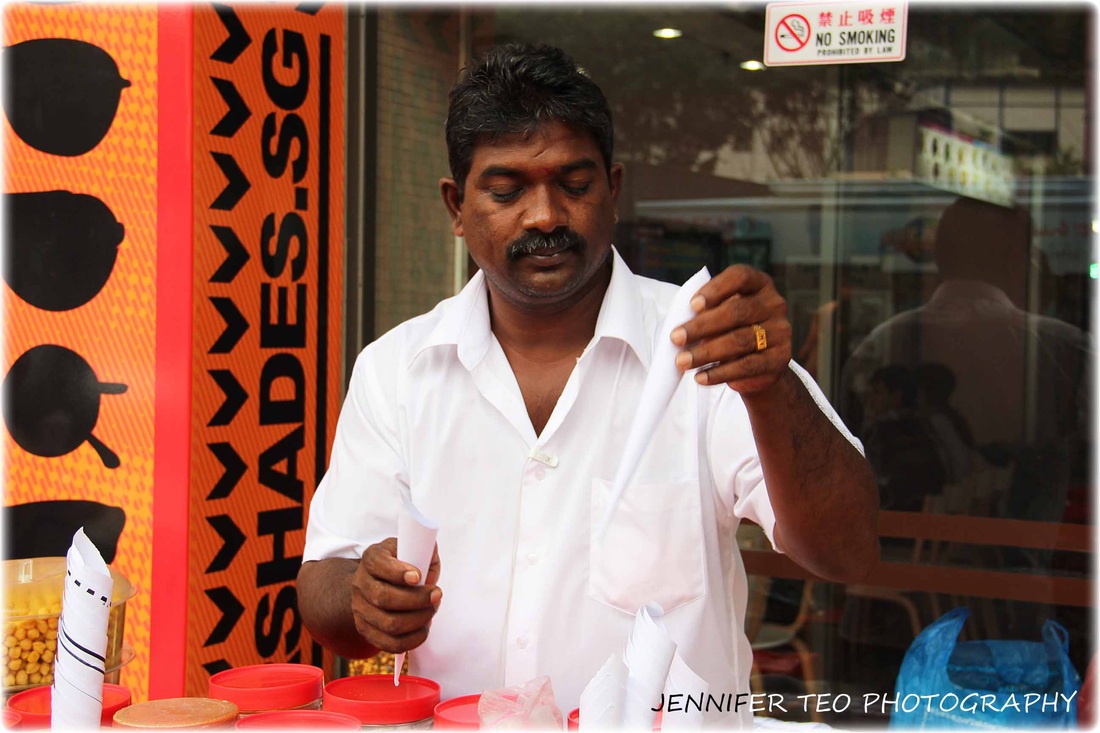
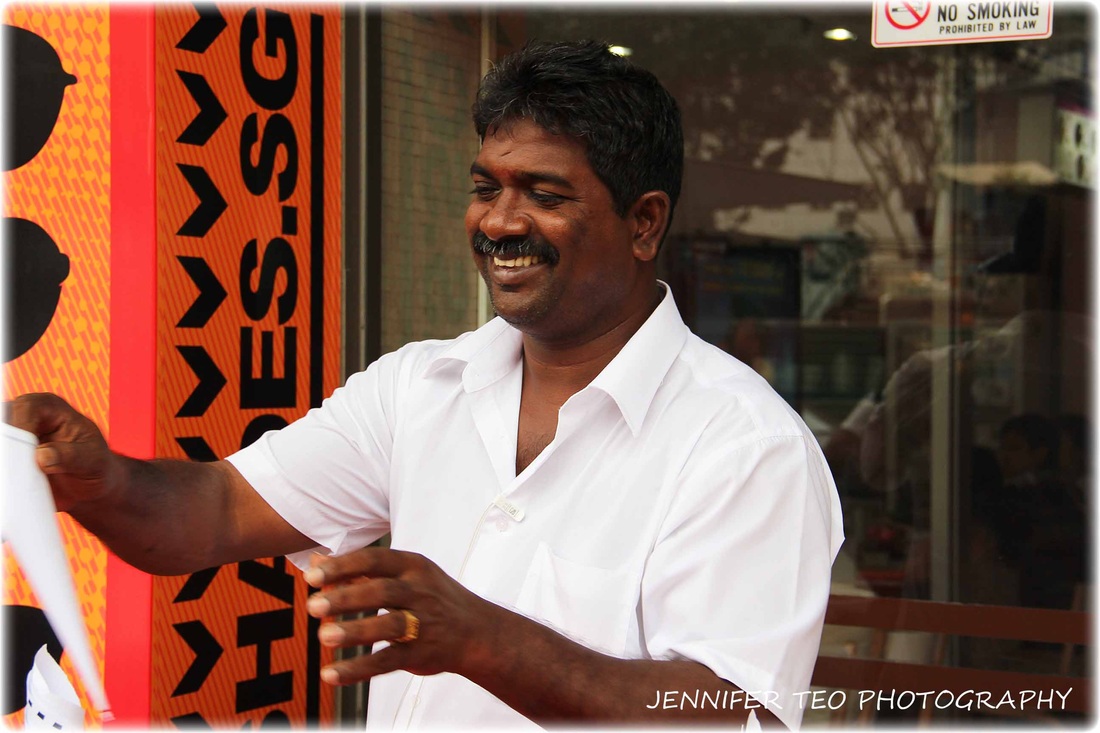
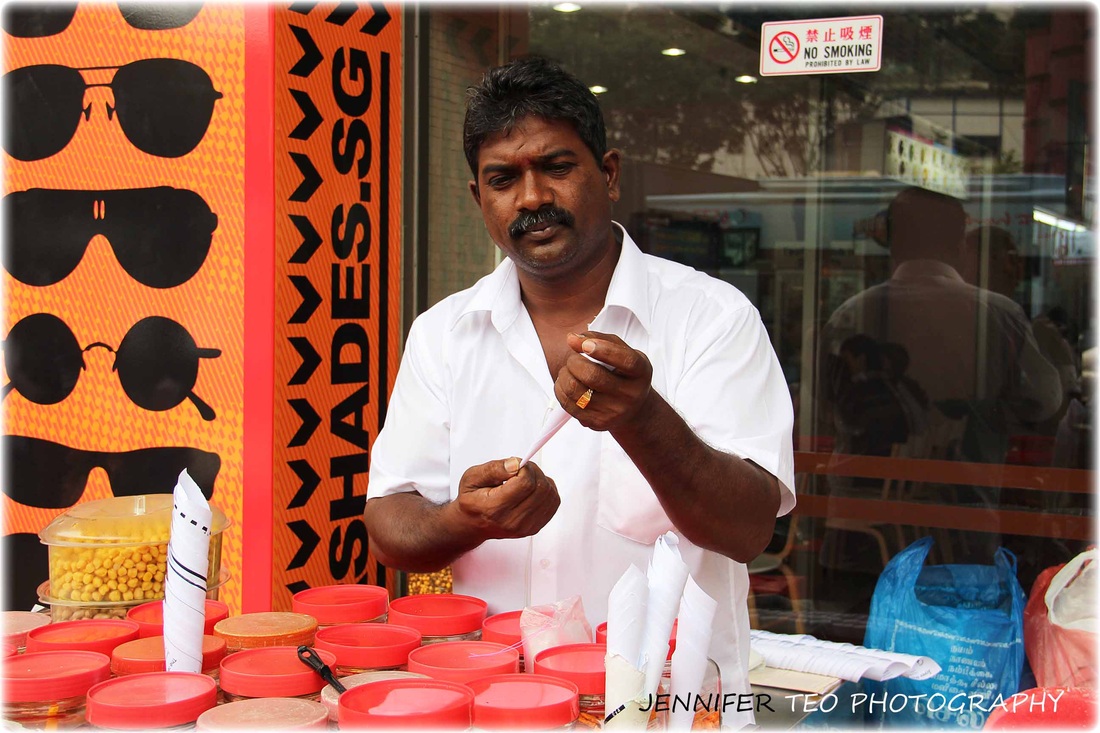
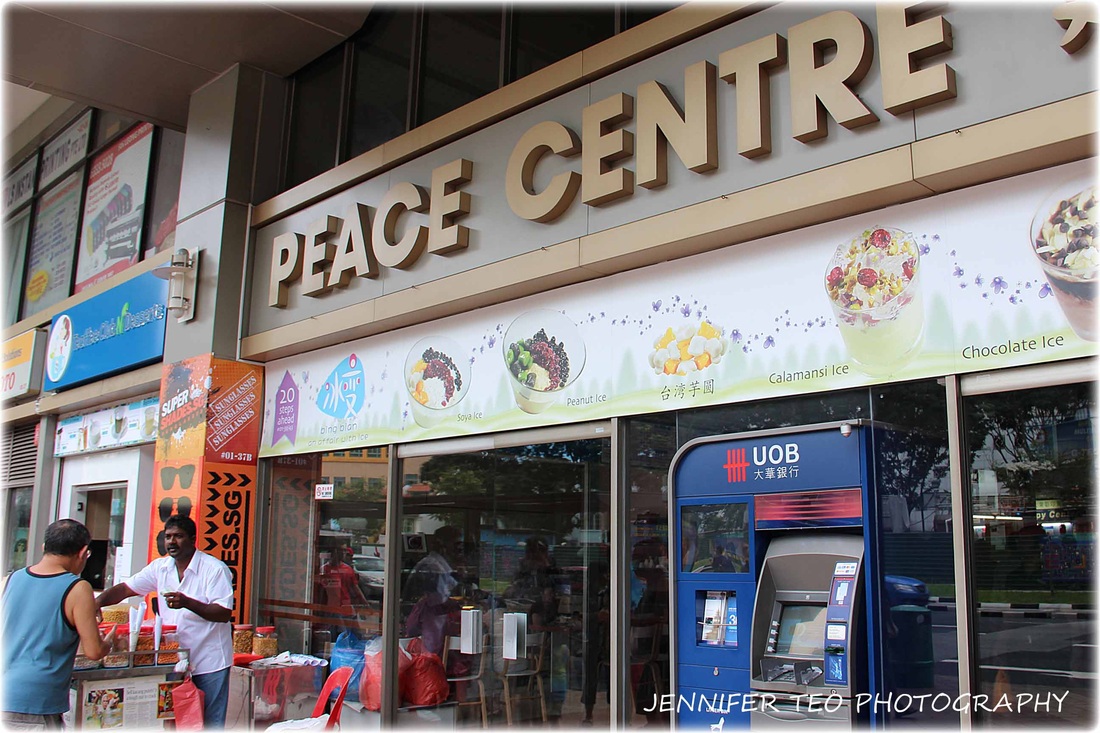
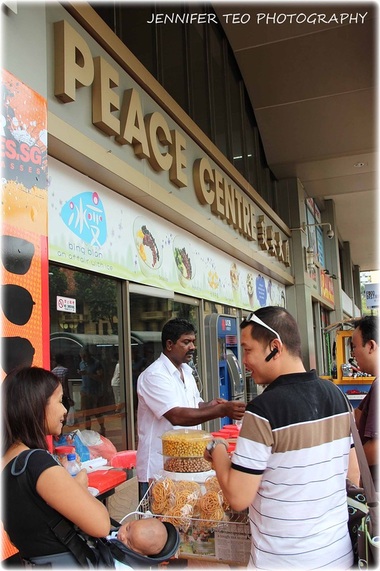

 RSS Feed
RSS Feed






